
Is it the ultimate automotive oxymoron, a battery powered pick-up? The Japanese clearly don’t think so, because the world’s most famous truck has gone electric. That’s right the Hilux is now available with a battery, but is a Toyota Hilux BEV still a useful working tool?
Toyota will tell you yes, after all it has based the specification for this new battery electric Hilux on feedback from its customers. They might be fleet customers, and they might be in a handful of pretty niche industries like forestry, or public space maintenance, but they are still bona fide Hilux customers with real world experience of the truck.
We’re telling you this, because while the idea of an electric pick-up will either intrigue you or have you running for the hills, it’s a fact of life that they’re coming and offering up a different set of abilities to the pick-up trucks we’ve come to know and love.
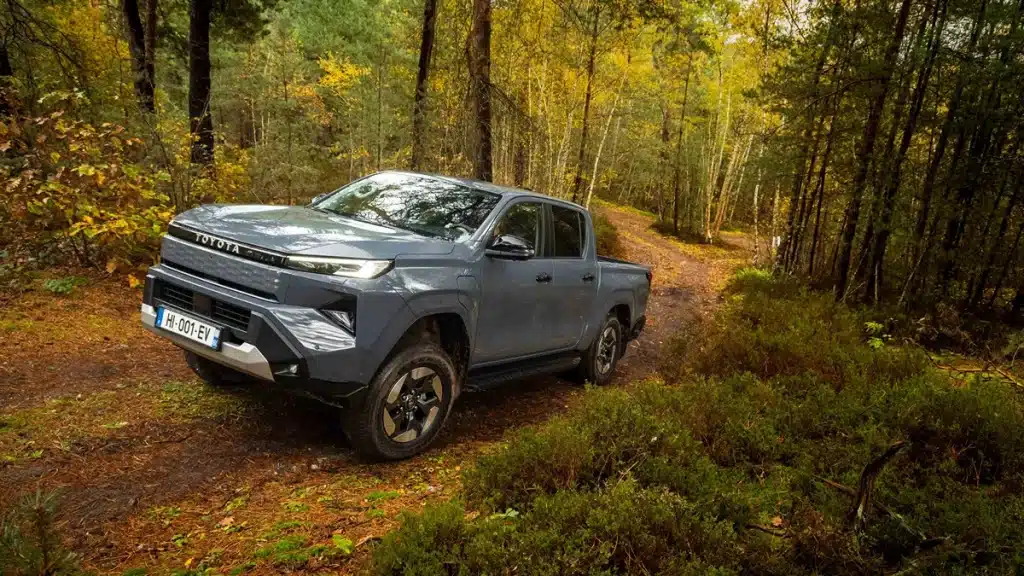
Maxus lead the way with the first battery-powered pick-up, the Maxus T90EV and unfortunately it left a bit of a bad taste in the mouth, souring the idea of an electric truck. It’s poor payload, poor range and two-wheel-drive only driveline made it pretty much hopeless for all but a few. Isuzu then announced its Isuzu D-Max EV, promising a one-tonne payload and 3.5-tonnes towing capacity. KGM has followed with a KGM Musso EV, while Toyota quietly went about its business with field trials of a Hilux Fuel Cell model.
An electric Hilux, it seemed, was not on the cards. Toyota had even gone to far as to say that an electric pick-up would be virtually impossible without solid state batteries. Clearly, though, they weren’t going to let that get in their way because here we are with a fully electric Toyota Hilux BEV. So, what’s changed?
In order to make an electric Hilux there have been some compromises. The Hilux BEV is not a full-fat Hilux with the same capabilities of the regular diesel engine models or the Toyota Hilux 48v which is a mild-hybrid diesel.
Unlike rivals Isuzu, Toyota has not even managed to get the magic one-tonne payload or a towing capacity of 3.5-tonnes, both of which are not just benchmarks in the pick-up segment but requirements. That is, unless you’re one of Toyota’s chosen customers and you’re in the market for an EV pick-up.

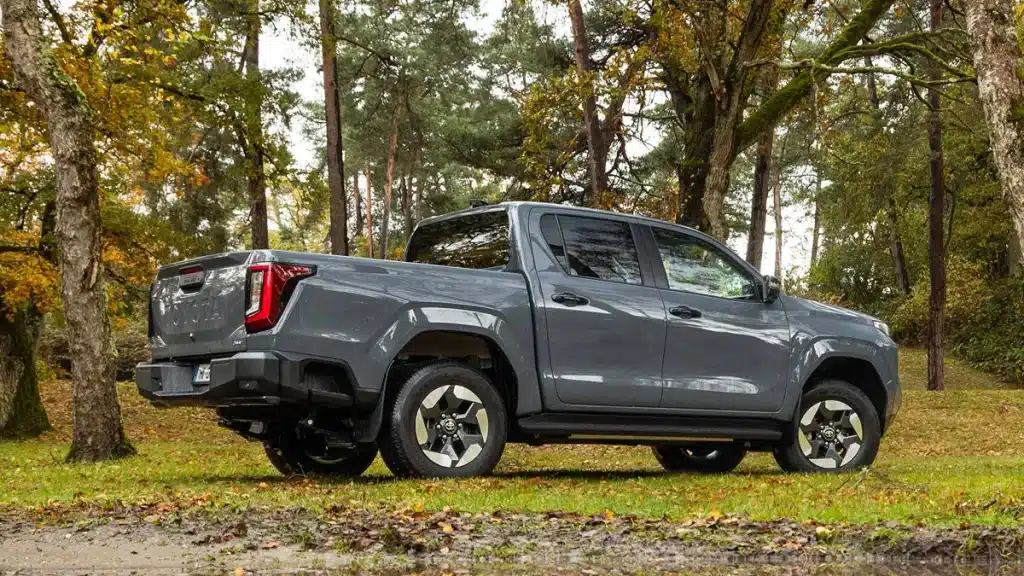
Instead, rather than produce something unbefitting of the Hilux name, Toyota says it has put its energies into making an electric pick-up truck worthy of the Hilux name. To do that there have been compromises, but ones which has allowed Toyota to still give the legendary support and warranty to, without worrying that its adventurous customers would break something as fragile as an electric-powered pick-up.
The result is a battery smaller than the competition, with a reduced range and a payload well below the magic one tonne number.
That might sound like a recipe for disaster, but the Hilux BEV is not the first truck to adopt such an attitude and needless to say it won’t be the last. Just look at the Ford Ranger Raptor, it’s hardly a working tool and yet people are more than happy to buy them and they come with price tag to rival an EV not to mention the running costs.
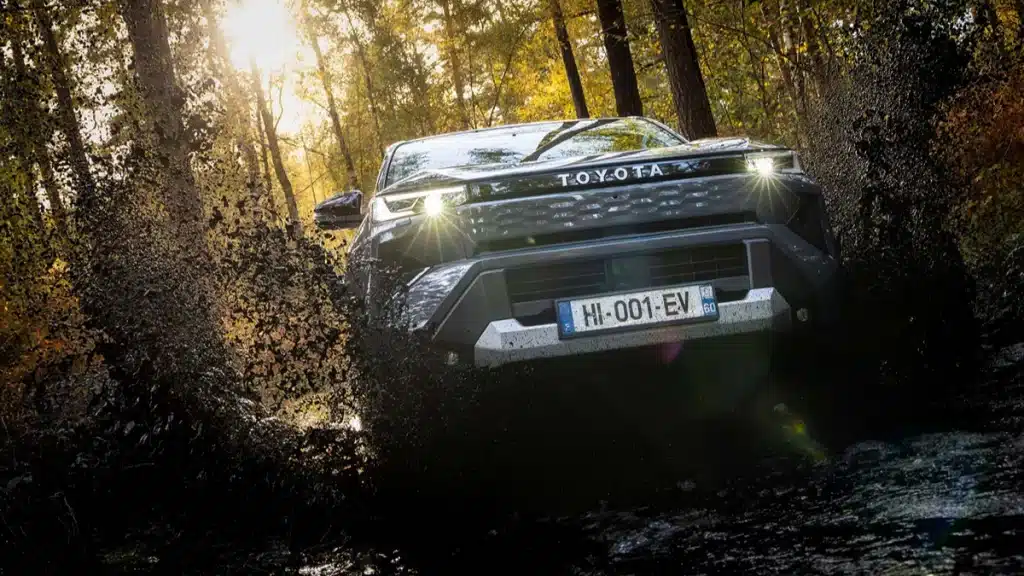
As we’ve mentioned price, we’ll start with how much the Toyota BEV will cost. The price of the Toyota Hilux BEV hasn’t been confirmed yet, but as a rough guide it’s broadly similar to the Isuzu D-Max EV which has a starting price of £59,995. We can therefore quite sensibly assume that the Toyota Hilux BEV will have a starting price in the region of £60,000. This, though, will be a figure without VAT, as without a one-tonne payload the electric Hilux doesn’t qualify as a commercial vehicle.
On the plus side, the BIK will be more favourable for the Hilux BEV than a diesel engine pick-up truck after HMRC changed the rules for double cab pick-up trucks earlier this year.
There’s also the possibility that a proper commercial version of the Toyota Hilux BEV will also be created, utilising the considerable skills and knowhow of the Toyota plant in Derbyshire where conversions are made to products like the Toyota Corolla Commercial and the Toyota Land Cruiser Commercial to make a proper commercial vehicle variant compliant with the HRMC rules and therefore a VAT reclaimable commercial vehicle without any of the associated BIK penalties for a double cab pick-up.
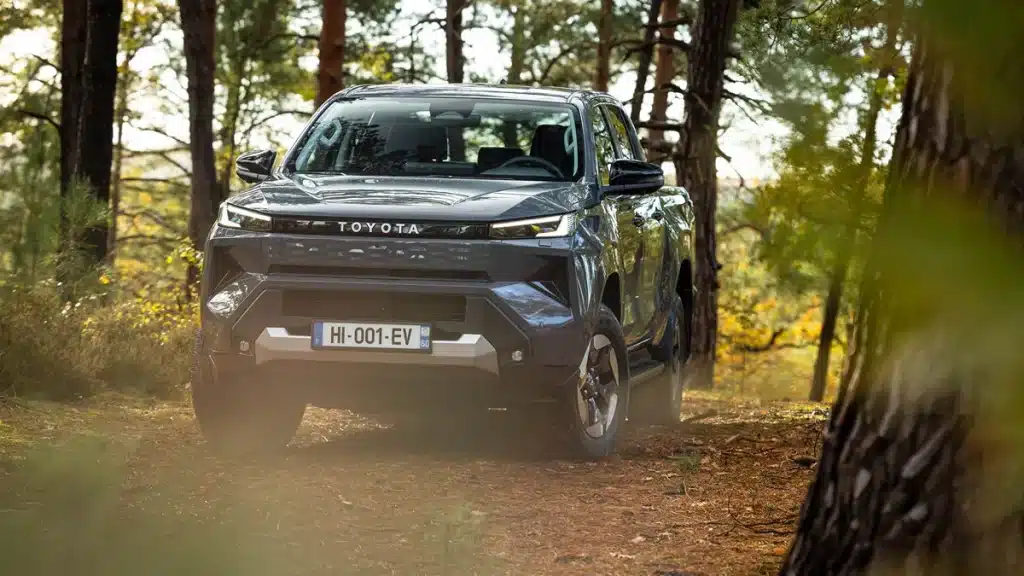
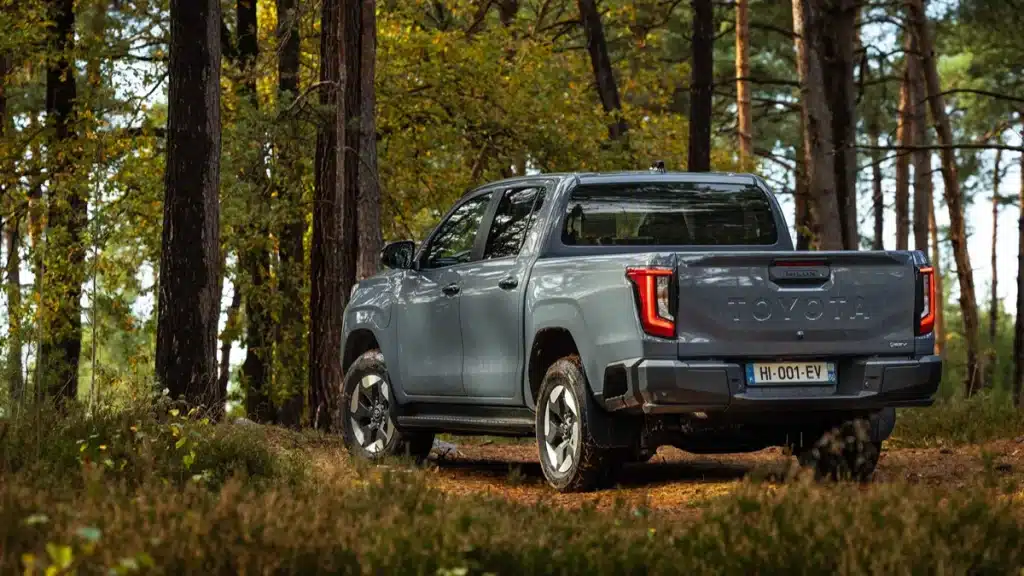
Isuzu has already confirmed that it will produce a D-Max without rear seats, the Isuzu D-Max Commercial. Could other double cab pick-ups get a workaround solution involving ripping out the rear seats?
Well, aside from the obvious, the main difference is that this is an new platform for the Hilux, making it the ninth generation of the famous pick-up truck.
Fundamentally it’s the same in what it is, namely a one-tonne pick-up truck, but it’s also an entirely new way forward with the battery and electric driveline being the name driving force behind its new look.
That new look sees it get a much more aerodynamic appearance, with a flatter front and more closed off grille. The battery itself is water-cooled, so there’s less need for airflow, and that has enabled a more aerodynamic design.
It's got its own unique 17-inch alloy wheels, and there's some really prominent BEV badging too.
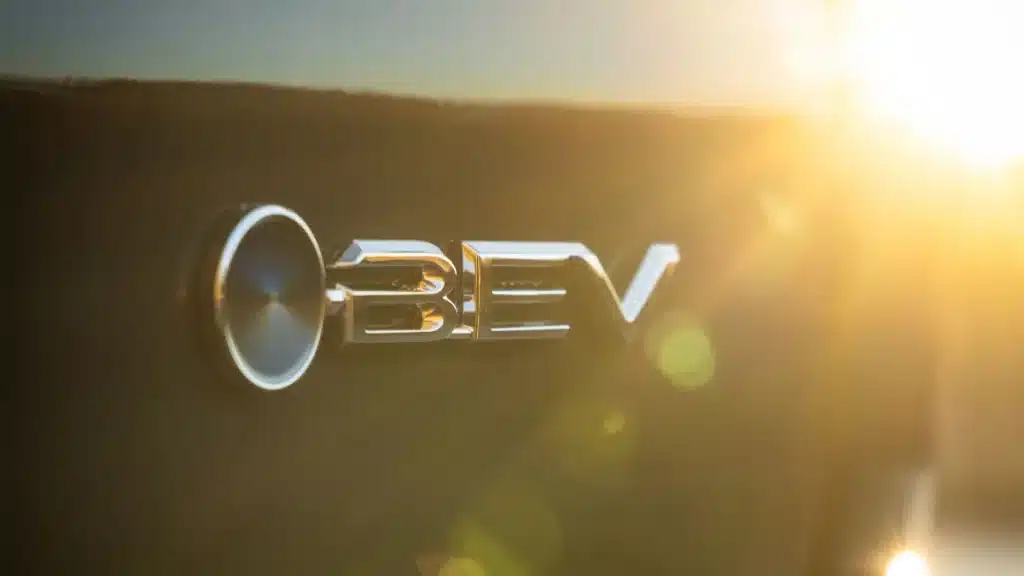
The other major surprise is that these changes will not be carried forward into the regular combustion engine pick-up. Instead, only the BEV and the 48v truck will have the new appearance.
Any future developments, like the 2028 Toyota Hilux Fuel Cell model which has also been confirmed, will use this platform, but this is a chassis for the future, and therefore not for the regular diesel engine 2.8-litre that we’ve become accustomed to.
The electric Hilux uses two eAxles to power the new Hilux BEV, which work together to produce the power and torque needed to make it a proper working pick-up.
There’s 144kW of power available, but torque is split between each of the axles with a 200Nm max at the front axle and 275Nm at the rear.
There’s a 59.2kWh battery powering the electric axles, which provides a claimed range of up to 150 miles.
For more on the battery, charging and range of the Toyota Hilux BEV, read the full guide.
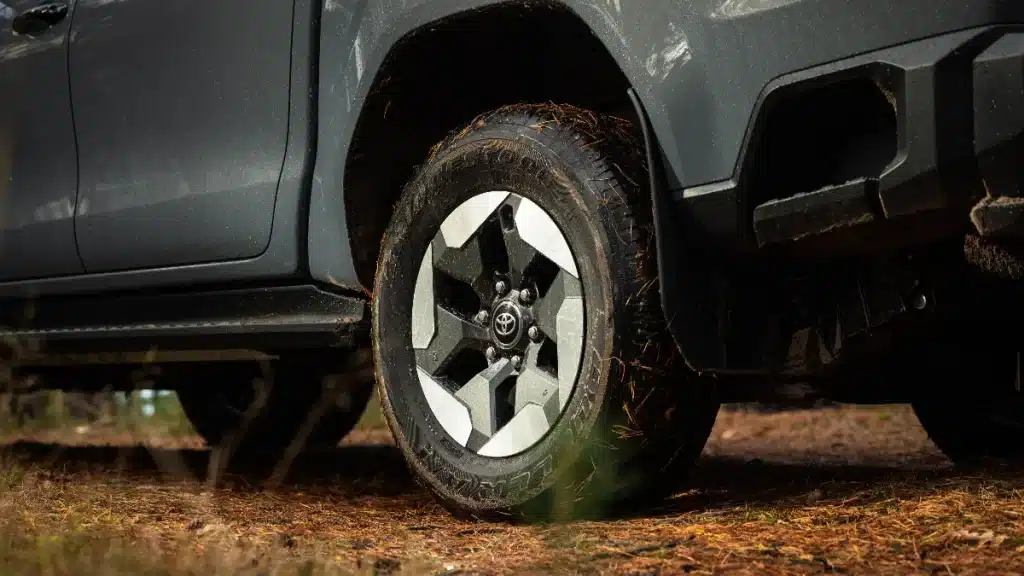
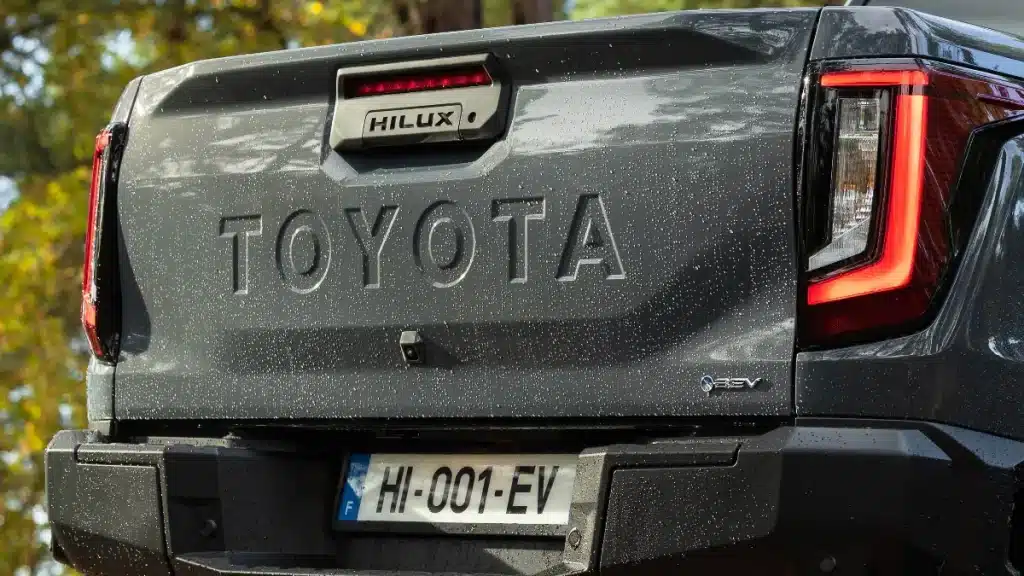
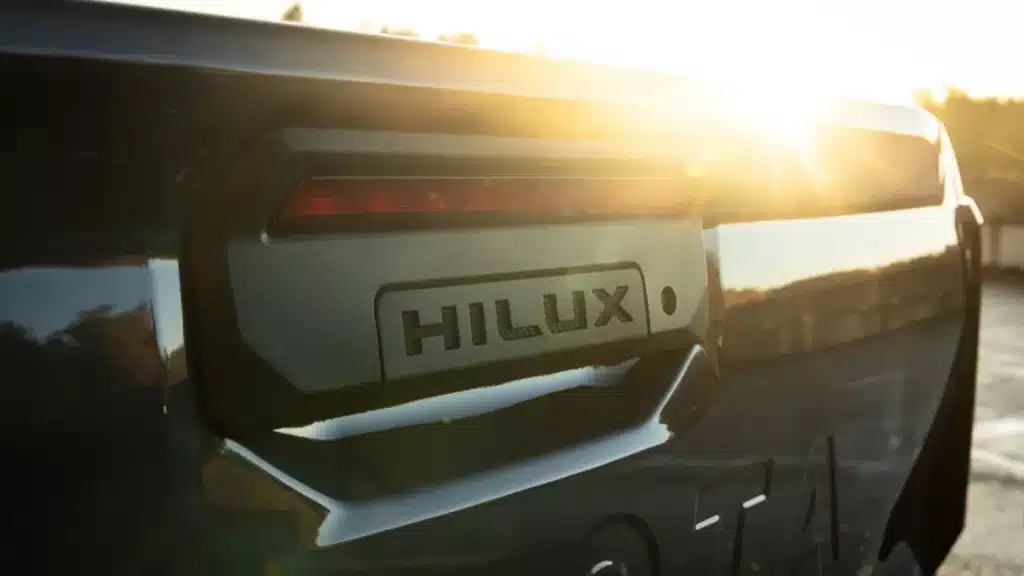

That might seem like not a lot of range for a pick-up truck which would ordinarily have a diesel tank capable of at least 400 miles. Toyota believes that for the sort of customers who are willing to have a cut-down Hilux that doesn’t quite do the payload or the towing of the diesel version, that the range won’t be a problem either.
Think of it as a Toyota Hilux Lite, or even as alcohol free version. It’s pretty much the same thing, but it’s not quite the real deal.
Aside from the reduced mileage capability there’s also the question of Hilux BEV payload and towing.
Ordinarily these probably wouldn’t be a big deal for most people, particularly vans. Unless you’re constantly operating at full weight or always towing a mini digger or generator, it’s not really an issue, people tend to think of size before weight.
Pick-up trucks are a little different, though. First of all, there’s the tax related issues of having a vehicle over a tonne, but that aside, working pick-up trucks usually get a fairly varied diet of usage. It might be needing to move a tonne bag of something back from the merchants, it may be having to tow a trailer or horsebox. Day-to-day, pick-up trucks get used to all manner of things, and this is where the Hilux BEV falls short.

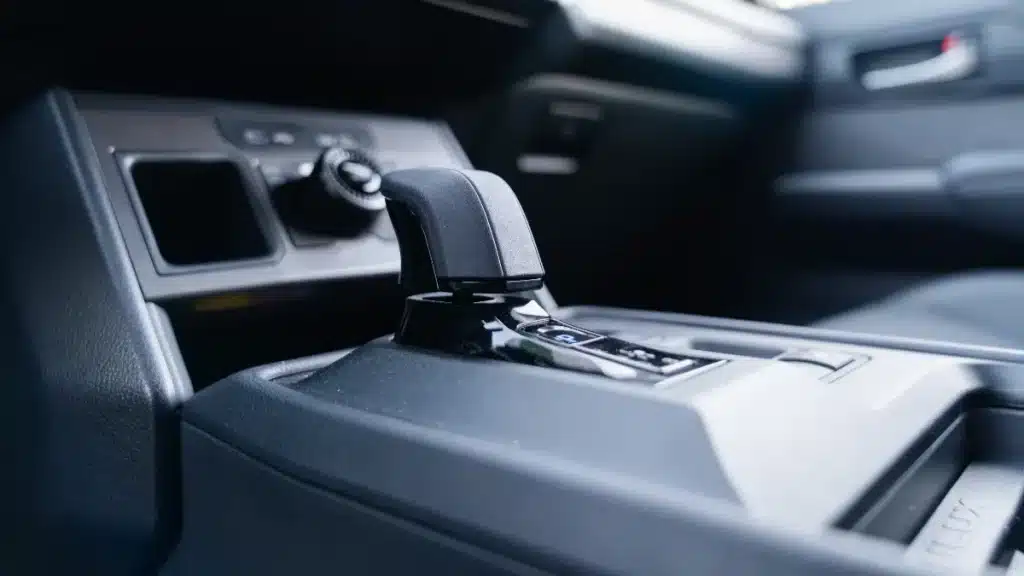
The Hilux BEV only has a 715kg payload allowance, which not only sees it well short of the one-tonne needed to reclaim the VAT, but it’s also going to impact the amount of weight and use you’ll get out of the load bed.
The towing capacity is also considerably lower than most pick-ups which have between 3- and 3.5 tonnes towing capacity.
The Toyota Hilux BEV towing capacity is just 1.6 tonnes, which although enough to tow a 750kg unbraked trailer, means you won’t be able to pull a braked trailer with something more substantial on board.
It’s not that the electric Hilux is not practical, it’s just been designed with a different user in mind. One that still wants all the durability and capabilities of a Hilux, but who perhaps isn’t going to load it up to the max or trailer something hundreds of miles.
We’ll cover the complete Toyota Hilux BEV dimensions in a separate article, but overall, the new Hilux is pretty much the same as the diesel model. It’s almost an exact copy with the same width (1855mm) and height (1865mm).
The only changed have been a 5mm increase in the wheelbase (3085mm) and a 5mm decrease in the length (5320mm).

With all these compromises it’s sounding like there’s not much reason to consider an electric Hilux, but you’d be wrong.
In a nutshell it’s a great truck to drive, it’s comfortable and it’s surprisingly good off-road. Let’s get into it.
The most noticeable improvement is in the overall comfort levels. We’re talking less noise, fewer vibrations and an eerily smooth ride quality.
In fact, the ride quality is easily the most startling thing about the new Hilux BEV. Electric vehicles tend to have a slightly better ride because of their lower centre of gravity, but they also have a lot more mass. That can work both in their favour and against them. Get it right and the truck or van seems stuck to the road. Get it wrong and you’re left with a bouncy ride that feels unsettled all the time.
The Hilux BEV is definitely in the former category, as we experienced it both on and off-road during its launch event ahead of the big reveal. We drove it on track, with both smooth roads, sweeping bends and tight turns, as well as over some Belgian pave sections. It was a very revealing test, showing the electric Hilux to be competent at almost everything.
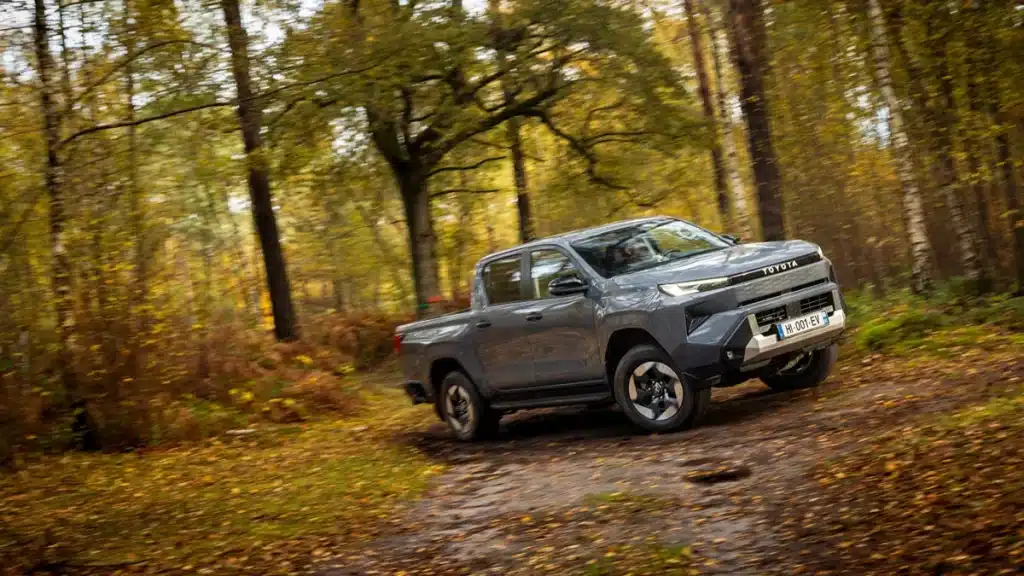
The suspension is soft without being too squidgy, eliminating the bounce and body roll you normally get from a pick-up truck. The preciseness of the Hilux BEV was also evident in its steering feel.
It uses electric power steering, which is actually a communicative setup, compared to other systems, giving you plenty of feedback on what’s happening at the wheels. However, it’s also quite a slow ratio, so in the tight turns we found ourselves having to turn the wheel more than expected to get through tight turns.
That means that although you can drive it fast and have fun with it, you’re putting in much bigger steering turns. The flipside of that though, is that there’s less jostling with the steering when off-road, but we’ll talk about that in a moment.

Yes. There are three regular driving modes in the Hilux BEV. These are accessible through a rotating dial in the centre of the dash.
There’s Eco which dials down the consumption of power-hungry equipment like air-con, and there’s also Sport which increase steering resistance. The third option is the standard Normal mode.
The overall cost of operation is a bit of an unknown and something we’re not in a position to comment fully on how expensive it would be to own and operate one of these but the 1.8kWh per mile economy figure we achieved while testing it isn’t that bad considering that we were on a test track exploring the limits of the truck. We’d expect to get double that from driving it normally.
As well as driving the Hilux BEV on a test track, we also took it for an extended drive off-road. The forest setting was an idea test for the electric Toyota truck, as it included dirt tracks, light muddy sections, thick boggy mud and even rocks and sand. It really was the complete playground.
Firstly, the ride quality is quite remarkable, with a new de Dion rigid leaf rear suspension system that is head and shoulders above the standard setup.
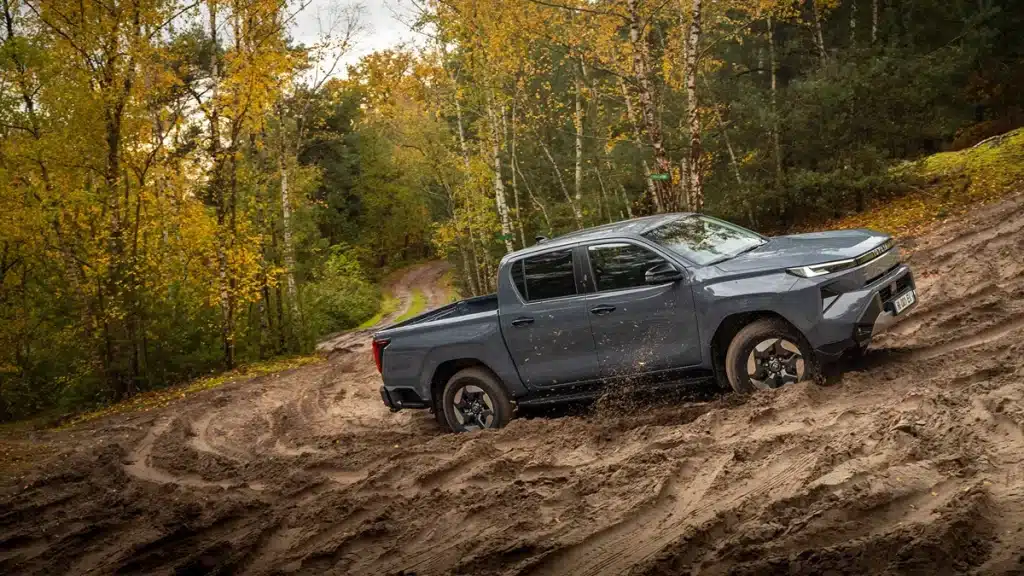

The system allows the rear eAxle to be accommodated without risking damage or reducing the pick-up’s capabilities on very rough terrain. The Hilux BEV has some impressive off-road figures as well, with 29-degree approach and 24-degree departure angles.
There’s also 500mm of wheel articulation and a ground clearance of 207 mm, both of which are the same as the diesel. The only difference is that there’s small reduction of -4 degrees to 20 degrees for the Hilux BEV’s break-over angle.
You wouldn’t automatically think that an electric truck would lend itself to off-roading. The high kerb weight of 2420kg means that this isn’t exactly the most athletic of vehicles, but numbers can be deceiving. Especially for electric vehicles. The power and torque make this electric Hilux fast, and more importantly for off-roading there’s plenty of instant oomph available when you need it.
Toyota has also been smart in acknowledging that too much power while off-roading can be a bad thing. Which is there the Multi Terrain Select comes into play.

The MTS system really enhances the Hilux’s off-road usability by making it easier to drive in all types of conditions.
Off-road purists will be a little bit alarmed that the Hilux BEV has none of your traditional 4x4 mechanicals. There’s no diff-locks or low-range gearbox. Instead it’s just a case of picking the right mode for the terrain you’re on. MTS is already on the new 48v Hilux, but here it works differently.
Because there’s no mechanical selection, the eAxles and the permanent four-wheel-drive system will then do the work of diff-locks and low ratios for you. MTS gives you a choice of rocks, sand, mud, dirt or a new moguls setting.
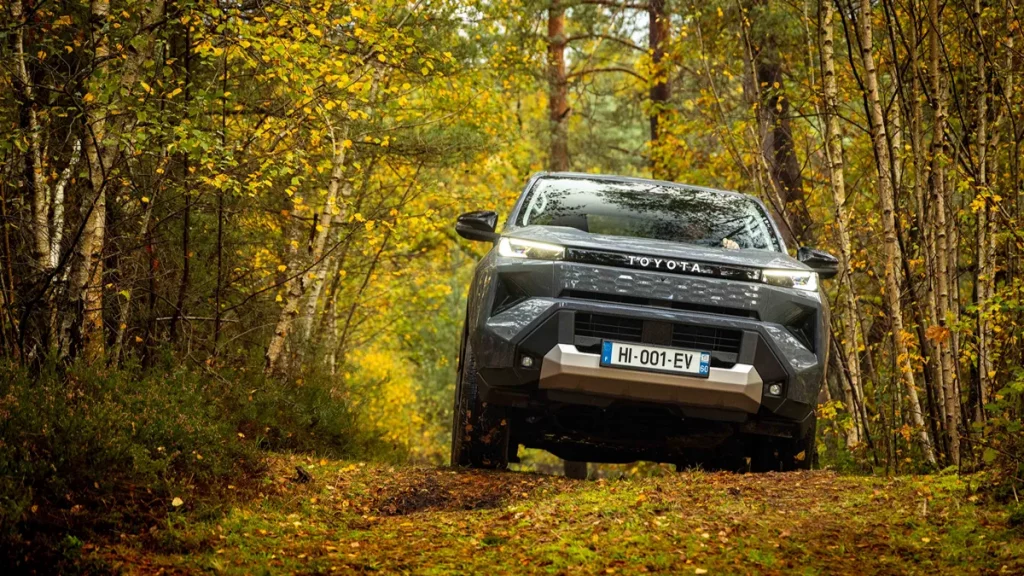
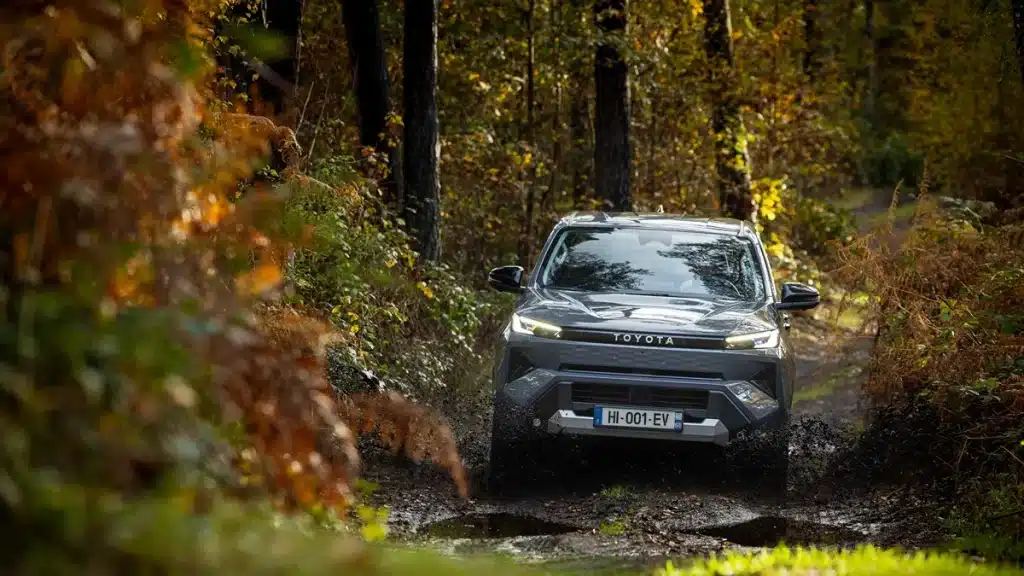
Each setting will tell the AWD system and the throttle how to behave. It also impacts the steering slightly. For example, faced with a huge patch of sand while on our test loop, we picked sand mode, and then tried to blast our way through it, and create a slide.
The MTS system held back out extreme request for loads of power, maintaining a consistent level of throttle, while also firming up the steering. It meant that we effortless got through the sand and our attempts and off-road stupidity were thwarted.
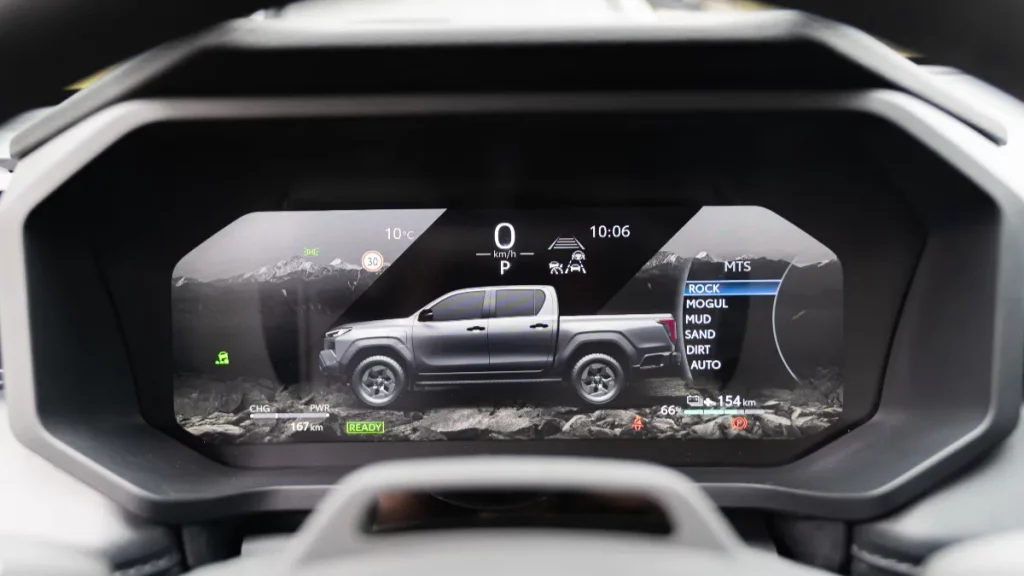
If you can’t even be bothered to select what the terrain is you’re driving over, there’s also an Auto mode.
It seems to deal with all surfaces admirably, taking just a few moments to interpret how to behave, and delivering a suitable response. With this system there’s really no excuse for getting stuck, in fact the only thing you could possibly do is steer it wrong.
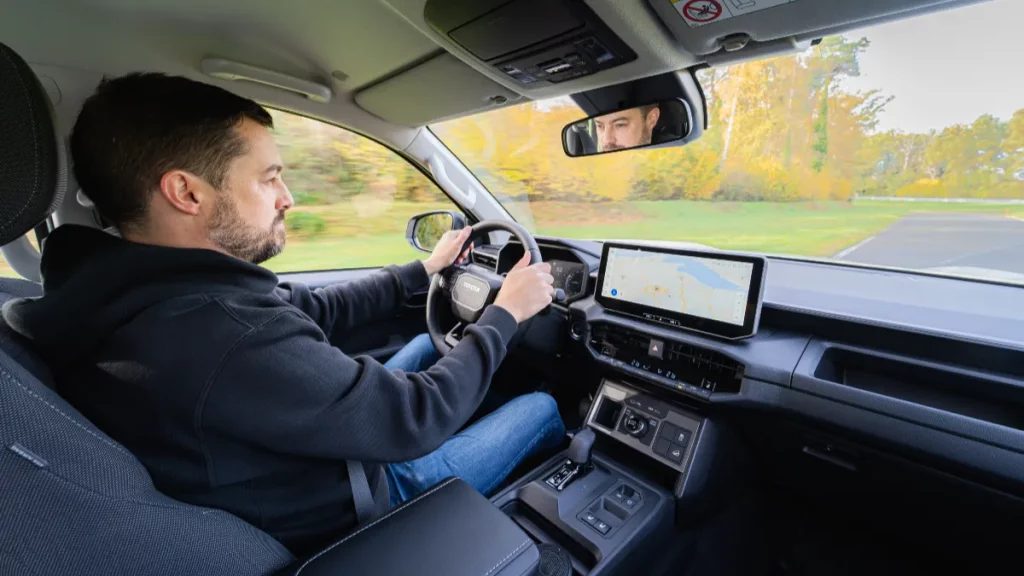
Water and electricity don’t mix, we all know that. But Toyota has put the electric Hilux through a lot of testing to ensure it can do exactly the same as the diesel model. For that reason, it can most definitely go in water.
The Toyota Hilux BEV electric pick-up truck has a wading depth of 700m. That’s the same as the standard diesel.
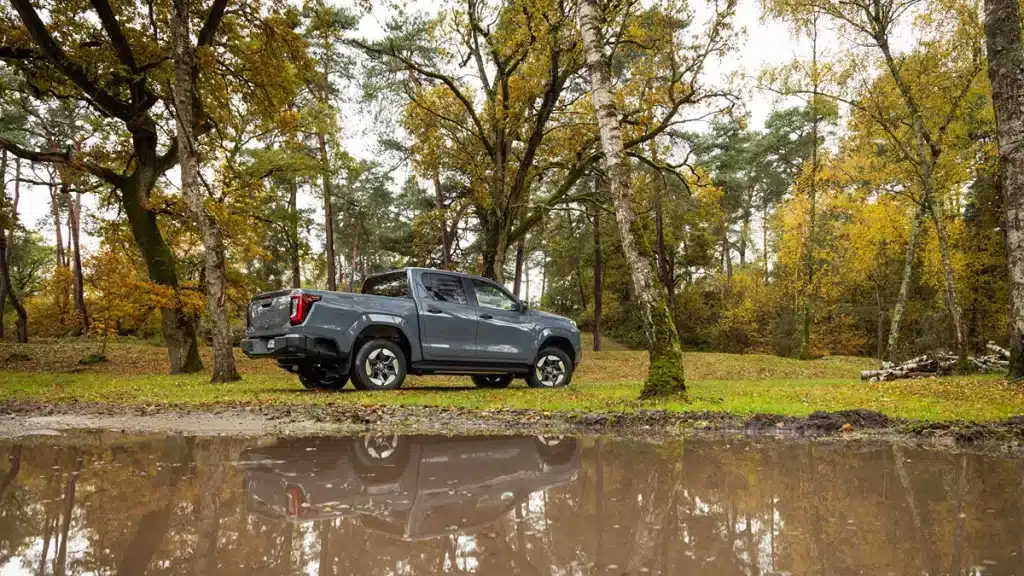
We’ll cover the full Toyota Hilux BEV towing capacity in a separate article, but yes the Hilux can tow. But it’s a controversial answer.
Normally pick-up trucks are expected to tow full weight braked trailers of up to 3.5-tonnes. However, the electric Hilux only has a towing capacity of 1.6 tonnes.
That means you can still tow an unbraked trailer of up to 750 max weight comfortably, but most other towing situations will not be possible.
The interior of the Hilux has always been a bit bleak. Utilitarian, properly functional and lots of hard drab plastics.
Well… not any longer. It’s been transformed with a new look, lifted directly from the Toyota Land Cruiser. There’s a large digital dash and infotainment screen. Properly nice materials and tonnes of character.
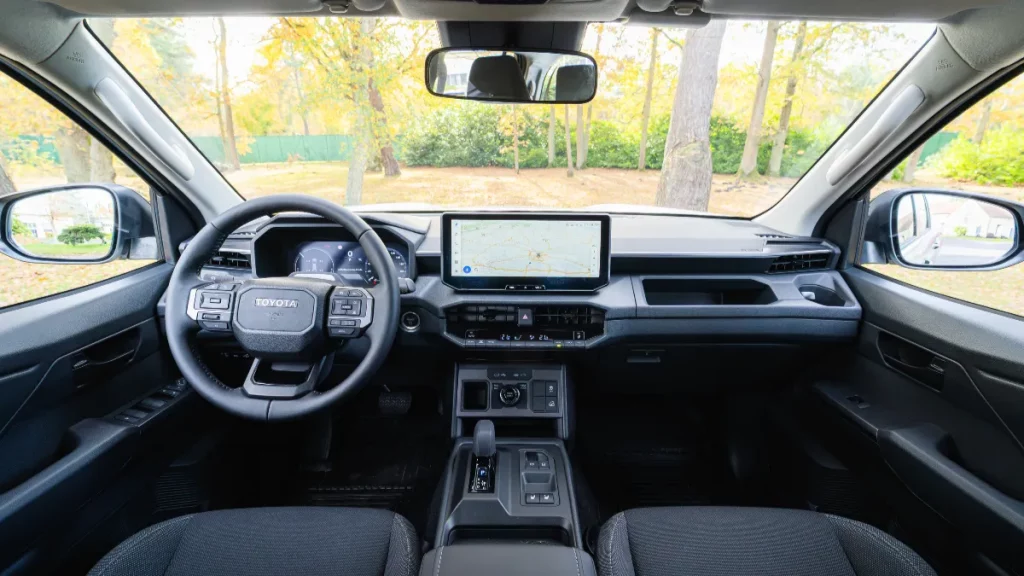
For once, it doesn’t look like an aftermarket double DIN stereo unit has been installed in the cab, and there’s even sensible amounts of storage. It’s like a proper car, something which the Hilux has often not left like, especially while all its competitors have headed up market.


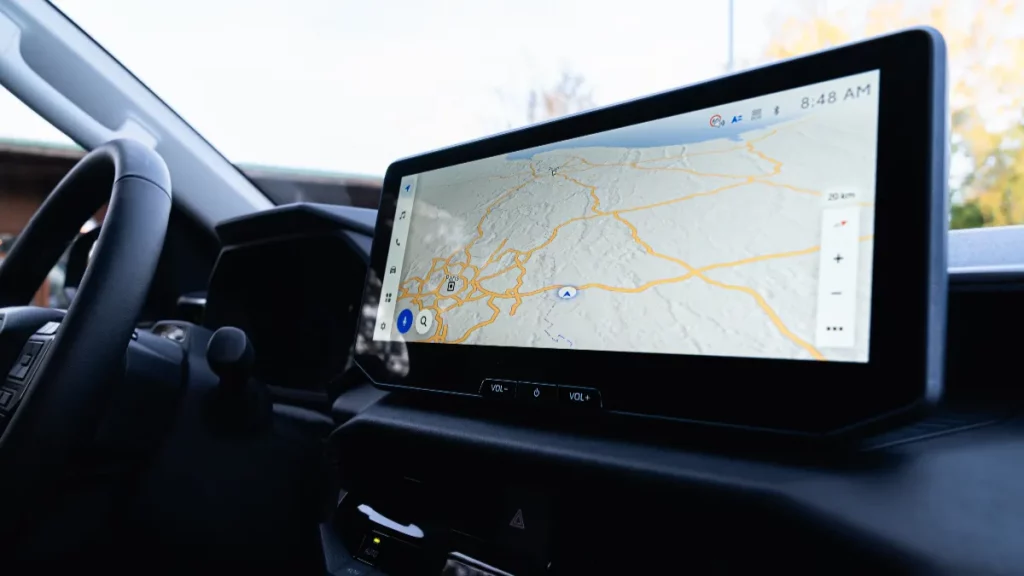
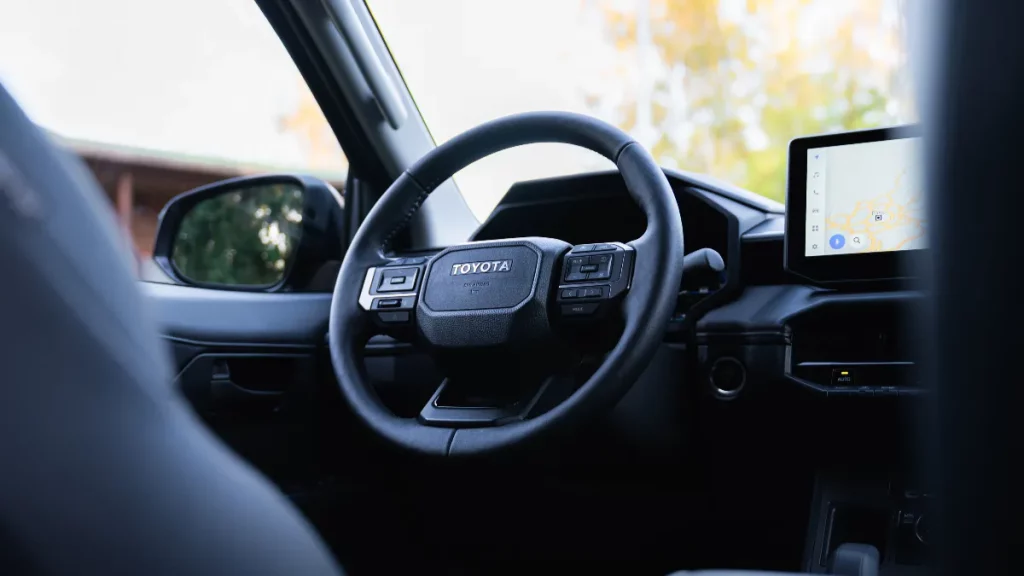
It's a properly modern interior, with USB-C plugs for charging, heated seats and all the safety systems now required like lane keeping assist.
Annoyingly it is the same nannying system as in the Land Cruiser Commercial, but during our test drive it didn't seem to be quite so tiresome.
There's also sensible thinking going on, with power sockets and a 12V connection inside the central console arm rest. The steering wheel adjusts for rake and reach, and the seat moves in a huge range of motion to ensure you can get comfortable.
There's even proper cupholders, in sensible postions, right by the A-pillars. This is a truly practical cab.
This isn’t a pick-up for everyone. We know it. Toyota knows it. What it is, is a first step in the evolution of a pick-up truck heading towards electrification.
This model won’t do all the things that a combustion engine model would normally do, and it won’t carry or tow half the things most customers would like. If you can get over that, then there are a tonne of benefits to owning the electric Hilux.


Firstly, there’s a financial saving for anyone in the UK who is going to be buying this as a business and running it as a company car. You’ll have tonnes on the BIK tax, as well as road tax (VED).
If you’re charging at home, on a cheap tariff, it will also be considerably cheaper to run than an ICE Hilux or even the Hilux 48v.
Then there’s the driving and comfort of this new Hilux BEV. It’s easily the most comfortable Hilux model you can get. It’s also engaging to drive and surprisingly good off-road.
Yes, you can do more and be more involved in a ICE Hilux, but this is far easier to drive. It’s a case of putting it in the correct mode, and then just letting the systems do the work for you.
The Hilux has a loyal following, who might ordinarily be turned off by the thought of an electric powertrain, but it’s inevitable that all pick-ups will eventually go this way.
We’ve had two attempts from Maxus, with the Maxus T90EV and the Maxus eTerron 9, both of which are hard to justify in any way, despite being very different propositions.
Then there’s the Isuzu D-Max, which on paper does a very similar job to the Hilux BEV. The pair are matched almost completely on capacity and electric range. The prices will be similar too. It may come down to a choice between badges and appearance, in which case we’d probably take the Toyota.
Then there’s the outlier. The KGM Musso EV. It’s got a similar payload but there’s a much bigger battery giving batter range. It’s also more like a grown-up SUV with a load bed, than the Hilux, which is still a working vehicle.
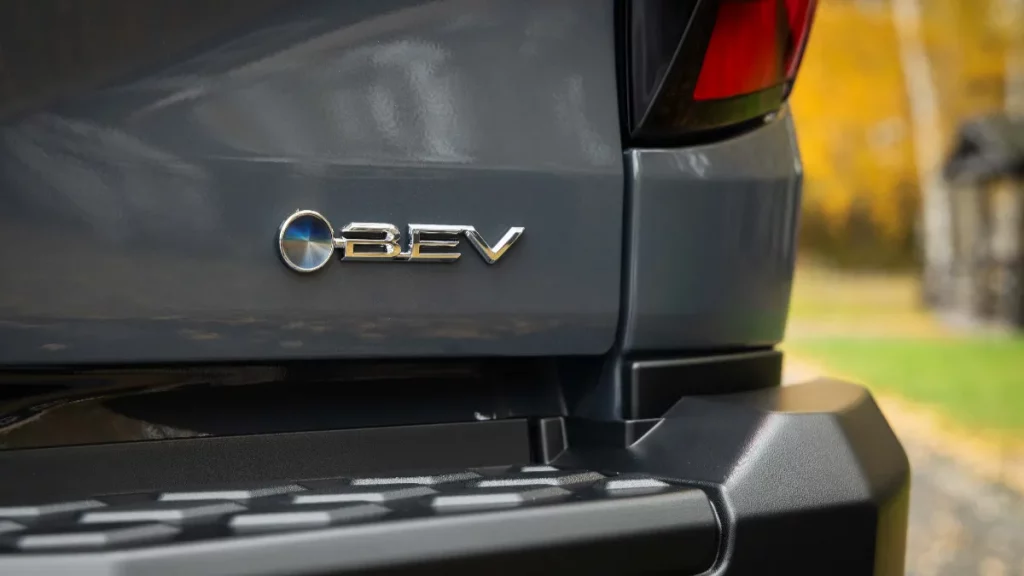
If you want a battery pick-up truck that’s built to work, but also comfortable to be in, then you might have found your match with the Toyota Hilux BEV. It’s not a pick-up truck for the off-road purists, but it’s still very much a Hilux at its core.
This is a bold, and early, new step into electrification for the pick-up market and if customers are willing to get over their prejudices it’s a massive step in the right direction.
The Hilux BEV will do 0 to 62mph in less than 10 seconds and will go on to a top speed of 87mph.
The electric Hilux has a battery size of 59.2kWh and a claimed range of 150 miles.
Rivals to the Hilux BEV include the Isuzu D-Max EV, the KGM Musso EV and the Maxus eTerron 9. There’s also a hybrid version of the Ford Ranger, the Ford Ranger PHEV, and the mild-hybrid version of the Toyota Hilux 48V is also in some ways a competitor to the electric Hilux